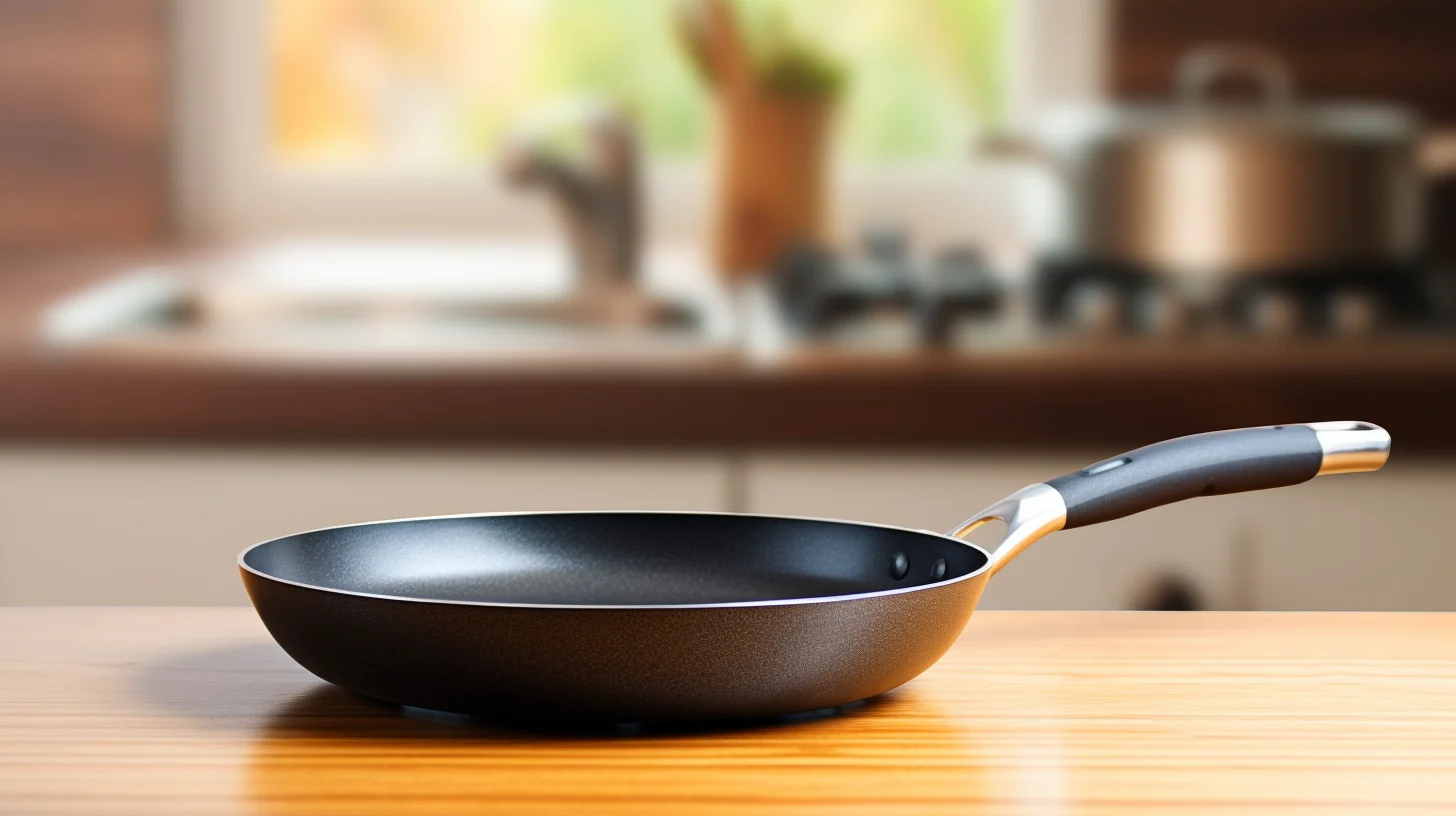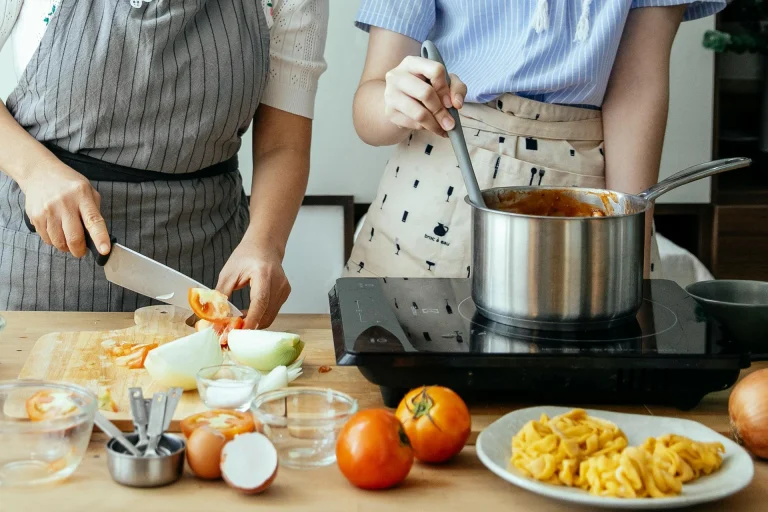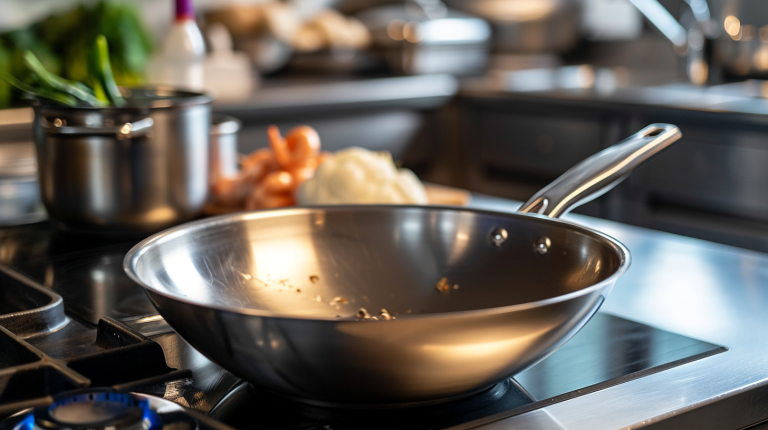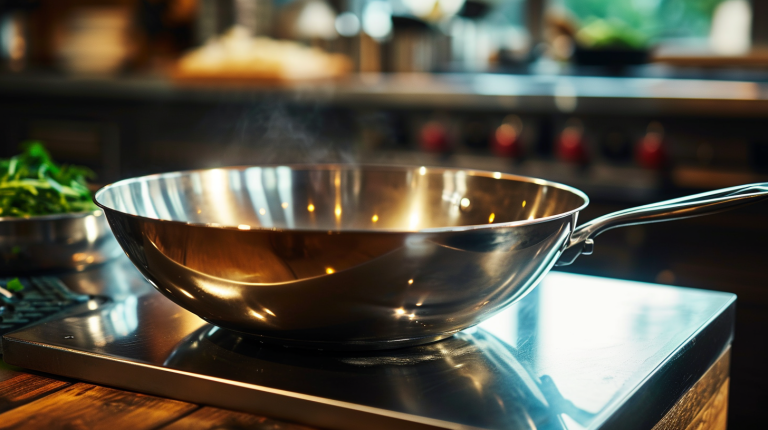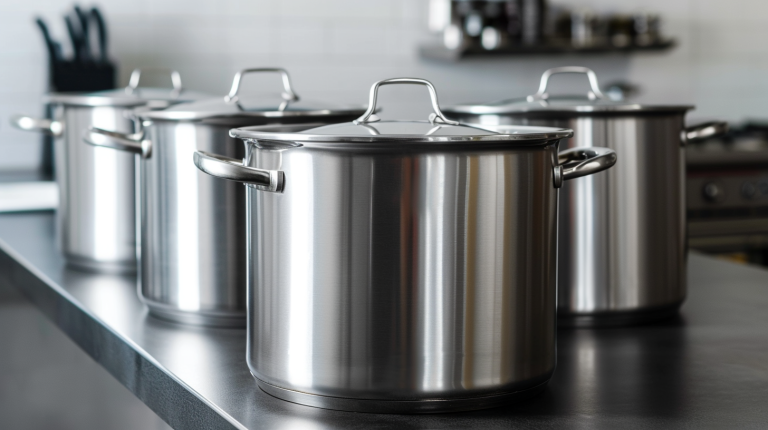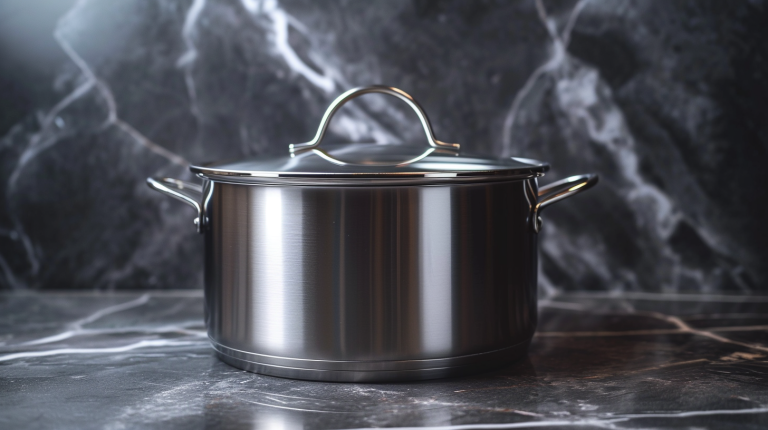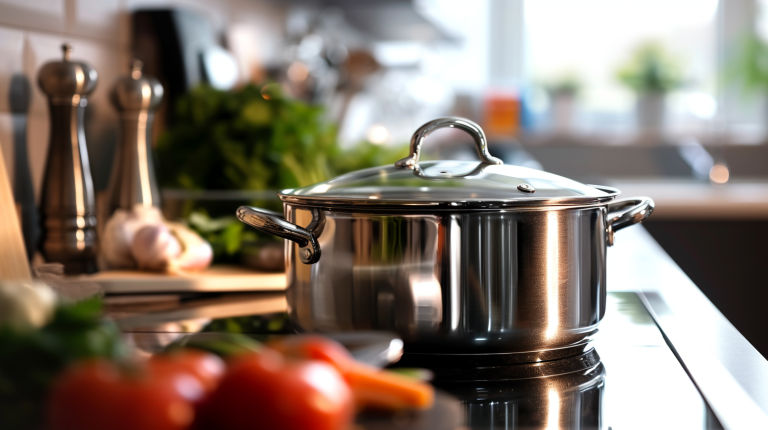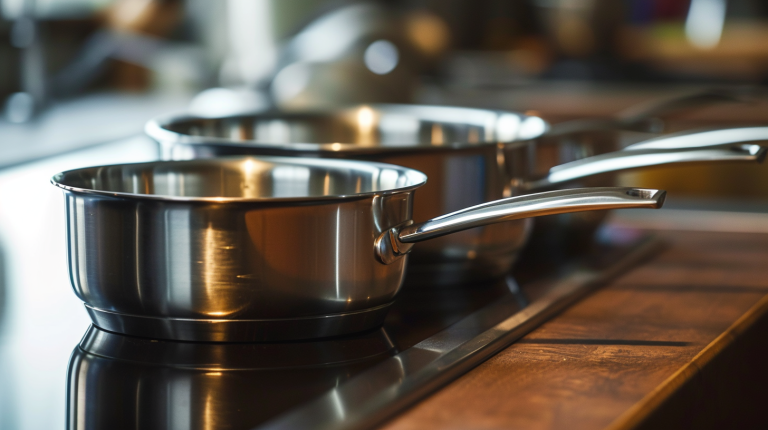When customizing a frying pan, in addition to paying attention to the general things such as size, handles, lids, thickness and compatibility with induction cookers, there are some points that are easy to overlook. The following will bring you things to pay attention to when customizing frying pans made of different materials.
Cast iron frying pan
Pre-Seasoned vs. Unseasoned
Pre-seasoning is a process by which oil is baked onto the iron at a high temperature to create a naturally non-stick surface and safeguard the pan from rusting. A pre-seasoned pan can be handy if you want to use it immediately. If you prefer to season your pan yourself, check if the customization process allows an unseasoned pan.
Wall Thickness
The thickness of the pan walls can influence its heat retaining and distribution properties. A thicker pan might retain heat better but could be heavier. On the contrary, a thinner pan is lighter but may not hold heat as well. Tailor this aspect to your cooking style – the thickness must balance weight with performance.
Flat or Ribbed Bottom
A flat bottom cast iron skillet is the standard, ideal for various cooking methods. However, for those who often grill, a custom cast-iron skillet with a ribbed surface may be a good idea to create those grill lines.
Stainless steel frying pan
Core Material
While the cooking surface will be stainless steel, the core material can differ. Consider a pan with an aluminum or copper core for improved heat conduction. This layered structure, also known as ‘cladding’, can greatly enhance the pan’s heating properties.
Finish
A polished finish gives the pan a shiny, mirror-like effect, while brushed finishes yield a matte look. Both are typically easy to clean, but a polished finish might show scratches less over time.
Carbon steel frying pan
Pre-Seasoned vs. Unseasoned
Much like cast iron, carbon steel develops a natural nonstick surface when seasoned. Some users prefer doing the seasoning themselves, but others may prefer the convenience of a pre-seasoned pan. Contact your custom manufacturer to see if they can provide pans either way.
Base Design
Consider a flat base design for optimal heat distribution and compatibility with various stovetops, including induction cooktops. If you use gas burners more often, a slightly concave base might function well.
Non-stick frying pan
Non-Stick Coating Material
Different non-stick coatings offer various levels of durability and performance. Common coating options include PTFE (Teflon), Ceramic, and Silicone. Each has its advantages and drawbacks, so research and discuss your options with the manufacturer to determine the best choice for your needs.
Ceramic frying pan
Type of Ceramic Coating
Two types of ceramic coatings are available: pure ceramic (made from clay and water, then kiln-fired) and ceramic-titanium (ceramic coating with a titanium layer). Pure ceramic loosens food easily, while ceramic-titanium features more durability but can lose non-stick properties over time.
Core Material
Ceramic frying pans often come with a metal core, given that ceramic alone isn’t a good heat conductor. Typically, the choices are aluminum or stainless steel, both have their pros and cons regarding heat conduction, durability, and weight.
Aluminum frying pan
Coating or Finish
Aluminum pans can be coated with non-stick material or be anodized to prevent sticking and make cleaning easier. Both options have their pros and cons, so weigh your priorities carefully.
Non-stick coating: Common choices include PTFE/Teflon or Ceramic. Non-stick coatings provide easy food release but can wear down over time or damage from high heat.
Anodized aluminum: Hard anodized aluminum frying pans offer enhanced durability, scratch-resistance, and a smoother surface.
Copper frying pan
Lining Material
Copper reacts with certain foods, causing it to acquire a metallic taste. Therefore, copper pans are typically lined with a non-reactive metal. Your choices would typically be stainless steel or tin. Stainless steel lining is more durable but less conductive.
Tin lining, whilst more conductive, is less durable.
Conclusion
Customizing your frying pan can upgrade your cooking experience significantly. By taking into account all the factors discussed, you can create a pan that feels right at home in your hands and perfect for your cuisine. Here’s to a delectable cooking journey with your customized frying pan.


